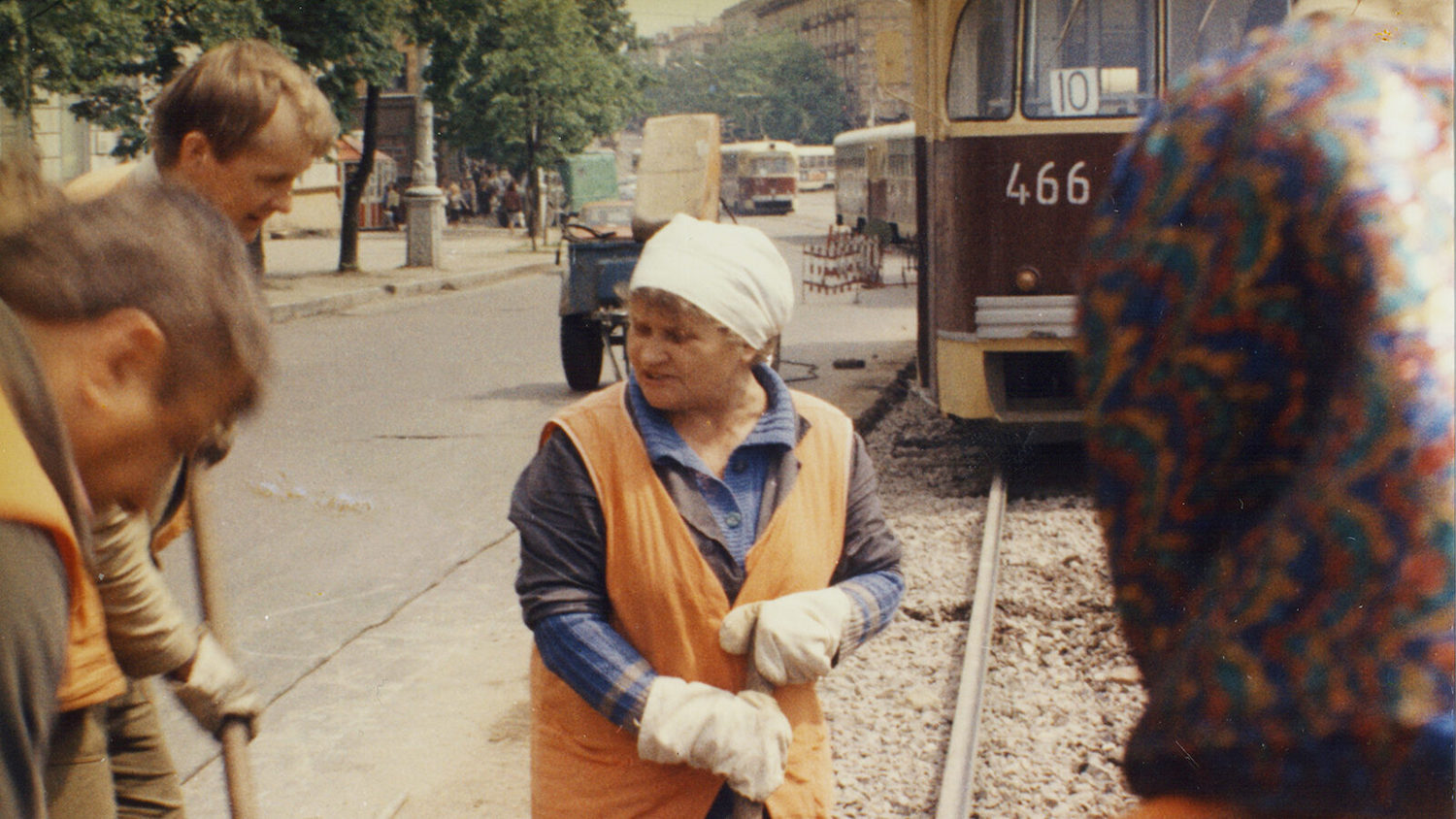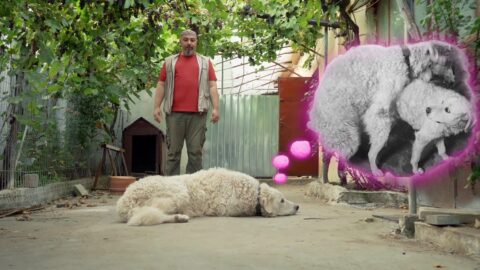I have a particular obsession with ticking countries and states off my never-ending list, so when I realised that Mainz was a mere ten-minute train ride away, I hopped aboard the regional, crossed the Rhine, and landed in the capital of Rhineland-Pfalz. Now I have only three more states in Germany to visit.
But the more things change in Deutschland — cuisine, dialect, customs — the more the country feels more or less the same. The same chain restaurants, supermarkets and train station shops; the same mannered politeness; the same mixture of ugly modernist buildings with traditional elements in the town squares. I yearn for the uniqueness and variation of Italy.
But once you push past the area surrounding the Hauptbahnhof (commonly the worst, most antisocial area in every German city, Hamburg and Nuremberg being special contenders), past 100s of small raucherlokals, driving schools and kebab shops, Mainz (briefly glimpsed in the space of two and a half hours) maintains worthwhile charm, like the open-air market selling everything from fruit and veg to Tyrolean meats to fischbrotchen (essentially, a baked fish chucked in a bread roll), and, its centrepiece, St Stephen’s Church.

It’s the only church in Germany adorned by Jewish-Russian-French artist Mark Chagall. Its piercing blue stained glass windows, commissioned in the late 70s, point both towards Jewish-Christian reconciliation and the ways modernism can reinvigorate tradition. All Churches feel holy and sanctified, of course, but the subtleties of the design and the soft light that permeates the building, even during the middle of the day, make it a truly special place.
There is some friendly rivalry between Wiesbaden and Mainz. While Wiesbaden has goEast, Mainz has a festival dedicated to German Kino; perhaps it’s unintentional, perhaps it shows that both cities have different cultural aims. They should host both festivals on the same dates to see who is more popular. After all, their respective football teams, separated by three divisions, rarely have a chance to play together.
But these differences (hyper-local, probably indistinguishable to most outsiders), are more symbolic than literal. There is no actual border between Wiesbaden in Hessen and Mainz in Rheinland-Pfalz, and there probably hasn’t been since Bismarck unified the entire country back in 1870. With a Rewe supermarket in every single city (probably), Germany, despite many issues (more pronounced between East and West) is more or less a unified state.
But while borders can be literally removed — whether it’s through the Schengen zone, more relaxed checks, visa-free schemes, and so on — they can’t be erased permanently. The effects linger, creating ramifications to this day, across Europe and beyond.
Once I finally got back to Wiesbaden, the three films I saw all dealt with literal borders in one way or another, exploring our common humanity despite arbitrary divisions.
Hungarian Dogs in Romanian Lands
I started with a pretty light, playful Transylvanian documentary: Whose Dog Am I? (Robert Lakatos, 2022, feature and above), playing in the Bioscope section (the programme reads: “out of competition but heartily recommended”). The ethnic Hungarian living in western Romania is adamant that despite technically being on Romanian soil, it’s important for people to have Hungarian dogs.
His dog, Tulpas, a naughty boy who likes stealing food from Lakatos’ mother, is a Kuvasz, classified as a working sheepdog despite having many developmental problems. The breed nearly died out after WW2 before dedicated Hungarian breeders brought them back, often breeding them with other dogs in a manner that arguably affected their genetic structure.
Lakatos smartly uses this metaphor of Hungarian dogs in Romania to explore the lives of the sizeable Hungarian minority (counting over a million people) in what was once part of greater Hungary. In one of many silly conceits, he puts animated speech bubbles over dog barks: the Romanian dogs often telling his pet (muzzled per Romanian law) to go back where he came from.
But the director is adamant about purifying and improving the bloodline, analysing his own dog’s sperm to see if he has a chance of fathering a new lineage. This starts a journey across Romania and Hungary to find suitable breeds that Tulpas can mate with, meeting various politicians, kennel association owners, dog experts and farmers along the way.
One throwaway line in the film illustrated the project’s shortcomings perfectly. After going on about breeding a new dog for the better part of an hour, his mother laments that she would rather expect a grandchild.
Lakatos, despite being an amiable, playful host throughout the film — including a metafictional opening that promises that the entire movie will be a manipulation — rarely turns the camera inwards. It’s an undeniably enjoyable film, especially due to the copious amount of dog footage throughout the movie, including the shaggy-haired Komondor breed and various delightful puppies, but it’s also rather shallow. You’ll learn a lot about dogs in this film; not so much about genuine inter-ethnic tensions or Lakatos’ own life.

Decolonising Soviet Women
The Russian invasion of Ukraine has prompted fresh discussion about the legacy of Soviet imperialism, stretching from Lithuania to Armenia to Kyrgyzstan. As film festivals like goEast focus entirely on countries that have been touched in some way by Russia, whether it’s directly part of the USSR, the Eastern Bloc, or the non-aligned, but still socialist, former Yugoslavia, it makes sense that the festival would want to jump into these discussions with openness and honesty, perhaps even challenging its own Russia focus over the previous years. This comes in the form of the Symposium Section, entitled: “Decolonising the (Post-)Soviet Screen”.
This can, of course, come in the form of new films. But the archive shows that there are rarely wholly new conversations. In fact, discussions of decolonisation were already at the forefront. For the recently rediscovered and reappraised Orange Vests (1993, above), Belarusian filmmaker Yuriy Khashchevatskiy invited a collective of contemporary feminists to write a treatise on the plight of working women across the former Soviet Union, taking the form of a longer letter addressed to German filmmaker Helke Sander.
Screened here off a computer file that scanned an original 35mm print held by Salzgeber, the image is grainy, almost sepia-like, as the narration takes us from revolutionary Vilnius to traditional Tajikistan to the radioactive zones around Chernobyl to the most far-flung sections of Siberia. Made in the only liberal time in Belarus’ history, the perspective is almost optimistic, a brief window of possibilities cruelly stamped out by Lukashenko’s election in 1994.
Free-wheeling in its tone, poetic in its delivery, mixing feminist concerns with a more generalised desire for love and freedom, freely following several digressions (including the question of lesbianism in prisons), it is a remarkable artifact of its time, intersectional in its concerns while pointing towards a never-materialised alternative present.
Most depressing is the inclusion of the remarkable stateswomen Galina Starovoytova, Yeltsin’s spokesperson and a key part of Russia’s post-Soviet democratisation. In a brief talk after the film, the relevant programmer informed us she was murdered in 1998, a year before Vladimir Putin became Prime Minister.
At this point in time, women like her were the future. At times the negative effect of the men’s world is too strong — oppressing Tajik ladies, unable to join their men at the table for tea, women stuck without a functioning toilet in Siberia, and the women who lost their sons and daughters due to radiation from Chernobyl. But the film points out that men cannot live in the world they make either, Orange Vest’s extraordinary capacity for empathy rejecting binaries without losing its feminist edge. This is simply a remarkable discovery, a small shard of hope for a vast region still mired in the past.

Intersections Under the Microscope
While vastly different in form and focus, the Hungarian Competition entry Not a Thing (Fanni Szilágyi, 2022, above) places Orange Vests’ kaleidoscope under a microscope. Instead of the intersectional concerns of 150 million women across tens of countries, we have a close focus on the different experiences of two identical twins (both played by Natasa Stork).
Cleanly bifurcated into two parallel narratives, Not a Thing is really a film adaptation of Frost’s line “two roads diverged in a wood.” What is the secret sauce that separates — and unites — two people who have basically everything else in common? Is it intangible? Is it related to labour? To men? With a certain winking structure and strong feminist concerns, feature debut director Szilágyi teases out the nuances of women’s lives with a keen eye for tiny details.
We start with Adél, who works long hours in a medical institute. She is late to her sister Éva’s party, taking place in an opulent, modernist house overlooking all of Budapest. Éva is immediately shown to be far better off than the working-class Adél, joking that the carpet in the house cost more than her wealthy construction manager husband’s car.
For Adél, Hungarian life simply isn’t cutting it. She is moving to Norway in a week’s time. During this suspended time, she strikes up a relationship with a persistent, yet undeniably nice crane operator named Àkos (Márton Patkós). In a scene that recalls Fall (2022, Scott Mann and Jonathan Frank) they even go up to the top of the massively high construction for a romantic date. It’s a fling. It’s nothing. Right? When Éva falls in love with Àkos too, the fault-lines in the two women’s relationship threatens to destroy both of them.
At first, it’s easier to side with Adél. She’s striving. She’s complicated. She’s not just a housewife. But Szilágyi collapses prejudice when we switch exactly halfway through the film’s runtime to Éva’s point-of-view, replaying the last 45 minutes from her perspective. Not only do we get the same scene with slightly different variations — reflecting the way that memory can be faulty and susceptible to its own prejudices — we get a clear indication of how Éva, a newly-minted mother, is suffering from her own complex issues.
Dual performances are always an excuse for any actor to bolster their showreel. Stork is no exception. Hair, make-up and dress sense aside, she does a remarkable job of delineating the differences between the women; Adél frowns and furrows her eyebrows while Éva hides a great sadness beneath a huge smile. Despite being the same actress, at no point will you confuse the two women. Sadly, Stork is the best thing about the film, which plays a little too safe for its own good, especially when confronting darker territory.
The humourous inclusion of a Mongolian war song threatens to evoke some long-pent-up female rage, but we get only glimpses of the revolution. More blood and fury is needed.
Redmond is the editor-in-chief of Journey Into Cinema.
